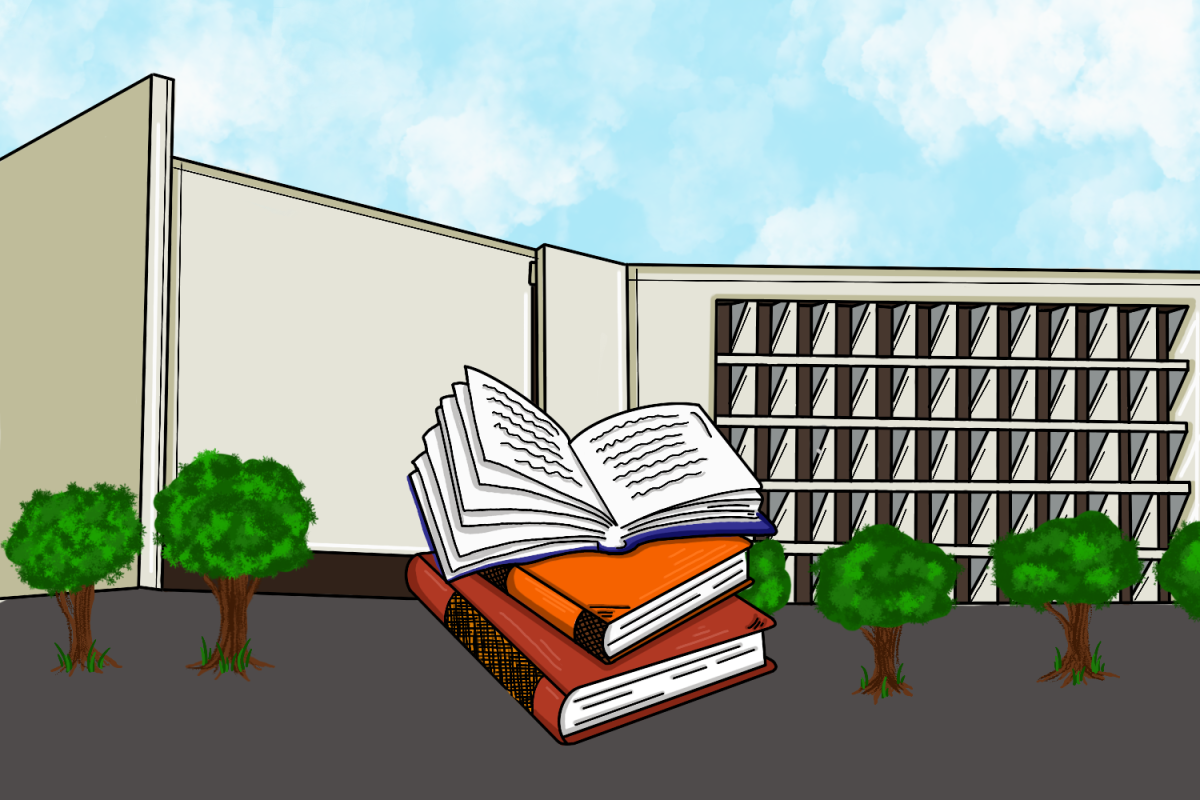Situated just north of the urban core in an increasingly centralized city, the UT campus boasts some of the most valuable property in Austin, and it is only increasing in worth. But with this growth comes a rising cost of living. Beyond tuition payments, it is the cost of living in a growing city that makes the University financially inaccessible to some students. Though students and legislators alike often call for the lowering of tuition, which would also lower the quality of academics at UT, this energy is misplaced in the fight for a University accessible to all Texans.
The cost of attendance breakdown created by the Office of Student Financial Services is important for students because it is often used to determine how much financial aid a student needs. But it provides some curious figures: The transportation costs for commuter and non-commuter students are both $745. Some creative assumptions are used to account for this equivalency. First, the University defines a commuter student as someone who lives at home, thereby incurring minimal room and board expenses or other expenses associated with living independently. Fair enough. However, this figure necessitates the assumption that students only use public transportation, which is free to UT students, when moving in and around the city.
This implies that all commuter students, who don’t usually have a choice in the location of their parents’ house, live in an area where public transportation is accessible. Anyone familiar with the mess that is Austin’s public transportation system will know this is a ludicrous assumption. A personal, or even a shared, vehicle is often necessary for these students, but is not seen as a necessary expense by the University. The meager $745 per semester the University allocates for transportation expenses would hardly cover parking and gas, much less vehicle maintenance, insurance and other expenses that come with owning a vehicle.
A second assumption is that the expenses outlined in the OSFS breakdown are all incurred during the academic semester, about a four-month period. This initially makes sense: The University should only have to account for expenses accumulated over the period that a student is actually attending, or two-thirds of the year. Where this assumption breaks down is in the expenses that are not so easily segmented, such as apartment rent. Leases in the Austin area are mostly year-to-year. Students are sometimes able to find others willing to sub-lease during the three-month summer, but that still leaves a month in the winter where students must absorb costs, not considered by the University, if they go home. Students may work during these times to buffer the costs, but it is rarely enough to cover all living expenses. Some students may pursue unpaid internships instead during these “off” months that are just as important as academic success in professional pursuits.
Essentially, the University is out of touch with the true cost of living for a student in Austin and needs to re-evaluate the cost of attendance breakdown. Tuition costs for undergraduate Texas residents average around $5,000 per semester. According to the financial services office, the cost of attendance for commuter students is about $9,500, though after taking into account the fact that commuters must spend more on transportation than non-commuters, this can be a serious underestimate. As living expenses increase, lowering tuition would have little real impact on the true cost of attendance for students. If the University is serious about improving accessibility to students from diverse economic backgrounds, it needs to more accurately calculate the cost of living for the average UT student.















